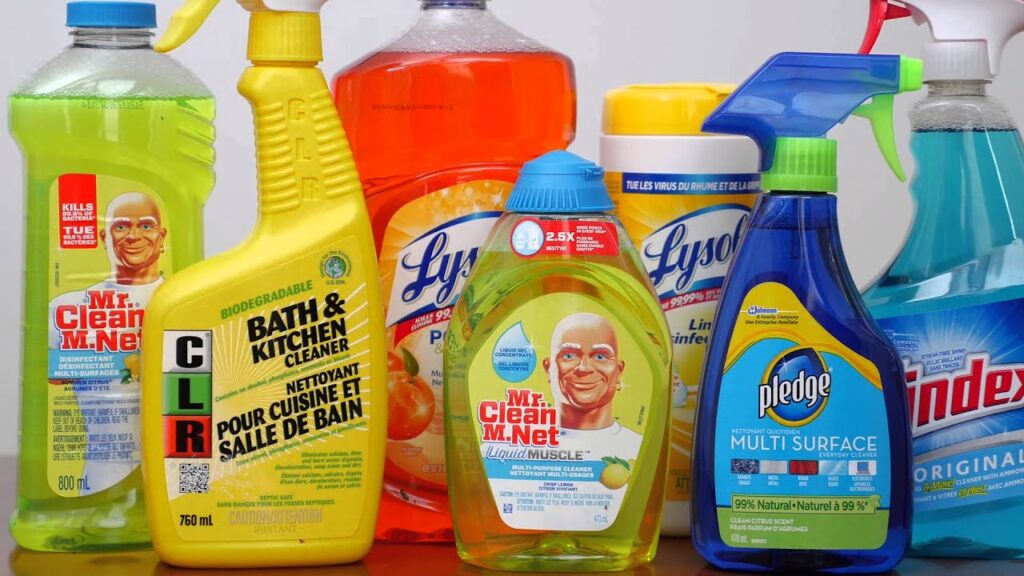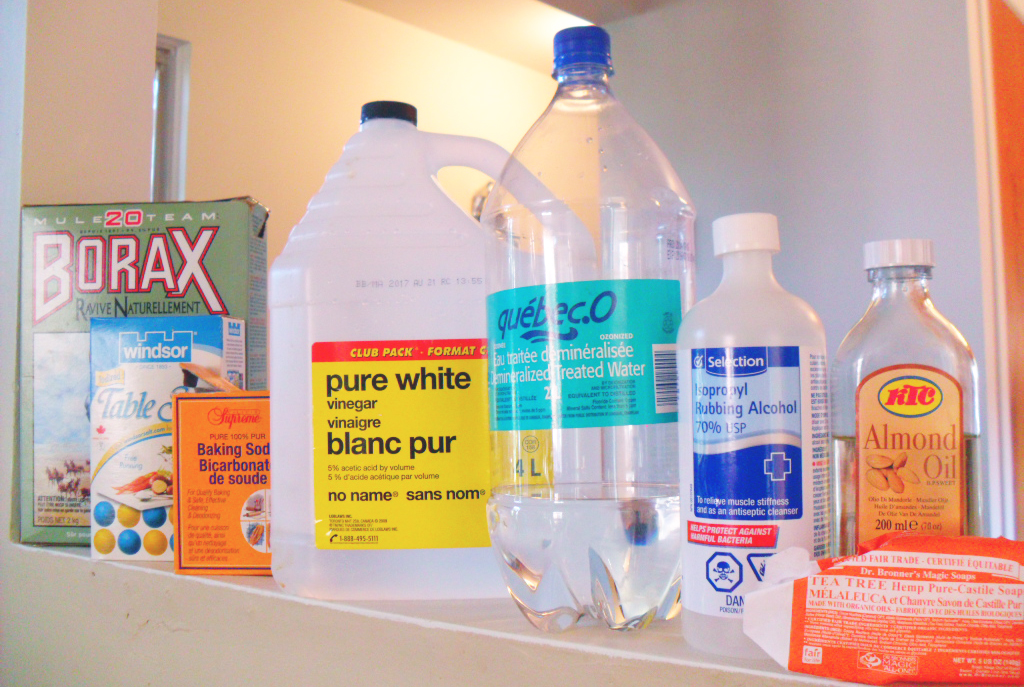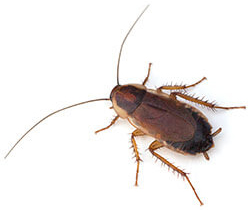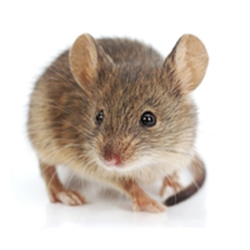
by Anne Stewart
There are many things you and your families can to make your cottage environments safer for people and the ecosystem. Every small action you take can make a difference!
Since we are a water-based community and we all enjoy the beautiful waters in Bayfield and Nares, every bit of toxic material we dispose of properly is one more we won’t be drinking! Here are the top 10 pollutants that are easy to reduce or eliminate in our cottage living.
The chemicals used to scent products and the chemicals in fabric softeners, deodorizers and many cleaners eventually get into our water. All you really need for a clean and sanitized cottage are some inexpensive and non-brand name products. They are readily available and clean just as well as commercial products.
The process of cleaning is removing dirt usually by using a surfactant and often adding something to alter the pH and/or heat and/or an abrasive.
1 Note: vinegar does not kill enough pathogens to be relied upon as a disinfectant or even a sanitizer. Similarly, an alcohol like vodka is not high enough a concentration to disinfect. Boiling in water, however, is an efficient disinfectant.
2 Note: Don’t use chlorine bleach to whiten clothes in your cottage laundry system as it will flow into your septic system and kill the bacteria necessary for the system to work properly.
3 Note: essential oils are often used for their anti-bacterial anti-fungal and anti-viral properties, but read their labels. They can take longer surface time (10 min or more) to be effective.

We all love a nice fire on a cool evening or morning but make sure you’re not burning chemicals in painted, stained or treated wood. Although plastic makes great heat it produces dioxins and furans when burned. These chemical eventually settle in our water or are breathed in. For practical reasons too, burning only clean wood prevents your flue from getting clogged up! And, if you bury these woods or plastic or let them decay in a pile somewhere, the chemicals will eventually leach into our water. (Take them to our Site 9 landfill.)
This is another common route to contaminating our water. There are some good refueling devices that use a battery pump that can be turned off to reduce fuel spillage. Make sure your containers are stored well away from high water. Your boat house or dock is NOT a good storage location.
Cottagers often feel the need to use pesticides like mouse bait, mothballs, or spraying to control mosquitos/ants/spiders/wood roaches, and fungicides to kill mould. All of these are harmful to us, our ecology and our water. The Canadian Cancer Society recommends, “that widespread chemical spraying should be used only as a last option to protect human health and safety.” The trouble with using chemical pesticides is that they can eventually move up the food chain to concentrate in birds like owls, ospreys and eagles, and these are the predators that actually keep our rodents in check! As well, insect-eating birds keep our spider, ant and wood roach populations down.

Below are a few ideas to keep our common wood cockroaches (the same family as other roaches, or cockroaches, such as the German Cockroach or the Oriental Cockroach, etc.) at bay:

Here are some good practices you can use to keep mice, ants and spiders out of your cottage, without resorting to pesticides:
There are plenty of plants, herbs and essential oils that deter spiders including: eucalyptus, citronella, lavender, peppermint, tea tree, cinnamon, citrus, cedar, lemon grass, lemon balm.
Plants, herbs and essential oils that can deter ants include: borax, calcium carbonate (chalk), anything sour or bitter (lemon or orange rind, pepper, salt, vinegar, peppermint, cinnamon, coffee grounds).
Chrysanthemum plants contain pyrethrins and there are commercially available as pyrethrin pesticides and their synthetic cousin, pyrethroids. They are labeled “low-toxicity” but there is growing evidence of human harm.

Here are some good practices you can use to keep mosquitos out of your cottage, without resorting to pesticides:
This has been a known toxin for a long time. Lead batteries of course contain lead. Older paints and stains, especially those used in the marine industry (because they were phased out later), can contain lead. Animals and birds are often attracted to lead sinkers and shot because of its sweet taste.
We suggest replacing lead fishing sinkers (and lead shot) with another less toxic metal. Ask the retailers you go to supply safer alternatives.
Recycle lead batteries at a marine or auto shop, or take them to hazardous waste. When you purchase a new marine lead battery, keep your receipt and return your old battery for a rebate.
There are several common mercury sources that may still lurk in your cottage especially if you have old mechanical devices: old thermostats, thermometers or barometers. Mercury eventually gets into our water and even at very small amounts is a neurotoxin. Wrap them up carefully and take them to hazardous waste.
Fluorescent light bulbs and compact fluorescent light bulbs also contain mercury. When they burn out, these can all be replaced with LED bulbs that don’t contain mercury. Dispose of old fluorescent bulbs as hazardous waste. If you break a fluorescent bulb, ventilate the room for 15 minutes, then clean it up with a cloth or towel (no vacuum) and dispose of the cloth or towel with your hazardous waste.
This is another toxic heavy metal that many of us have at our cottages. Batteries and electronics are the number one source. Take them to seller or producer that accepts them or dispose of them as hazardous waste.
Reduce your dependence on foam since styrene entering our water eventually enters our water supply and is a human carcinogen. Dock foam has been well covered by our posts on Facebook, articles in our directory, by environmental groups, local councils and the 2021 passing of a new law: Keeping Polystyrene Out of Ontario’s Lakes and Rivers Act. Reconsider the materials of your coolers, beer sleeves and docks. Every little bit of foam and other waste picked up along shorelines helps!
These are often called “forever chemicals” as they are the most persistent chemical humans have ever made! PFAS are linked to many serious health conditions including liver damage, adverse effects on the immune system and some have been found to cause cancer.
Avoid buying fabrics (carpets, tablecloths, furniture, clothing) treated with nonstick or wrinkle free chemicals (Scotchgard, Stainmaster, Polartec, Goretex). Avoid cooking utensils that are coated with Teflon. Use stainless steel, glass or cast iron cookware instead.
PFAS are often present in take-out food packaging and leach into food more readily when heated. These chemicals are not removed by boiling or most water filtration systems.
PBDEs and polybrominated biphenyls (PBBs) are found in many items such as carpet underlay, furniture foam, appliances, and electrical and electronic equipment, fabric, building materials and automotive components. They have been added to the Canadian Toxic Substances List. See Toxic Free Future for tips on avoiding. It’s very hard to avoid these chemicals in new products but antiques (and some older items) will be free of them! But, not all added flame retardants are equal. Borax is a flame retardant that has been used in the wood, construction and furniture industries for decades. It is effective, inexpensive and much less toxic.
So, maybe it’s time for a cottage detox this summer? Look for sources of a heavy metals, chemical, painted or stained wood and any plastic. We have a municipal landfill (“Site 9” about 5 km south of Pointe au Baril on Hwy 69) that is a lined pit. Staff are very helpful and will guide you regarding safe disposal. It’s open Mon, Wed, Fri and Sat, 8 am to 5 pm.
The local hazardous waste disposal is in Parry Sound at 57 MacFarlane Street, just south of downtown. It’s open Mon, Wed, Fri and Sat 7:30 am to 4 pm. Sun. noon to 5:30 pm. Or take your hazardous waste away with you (safely packaged for the car ride) and dispose of in your home community.
Every little bit of toxic material we dispose of properly is one more that we won’t be drinking!
Anne Stewart’s field of expertise is environmental health, especially contaminants that affect human health.